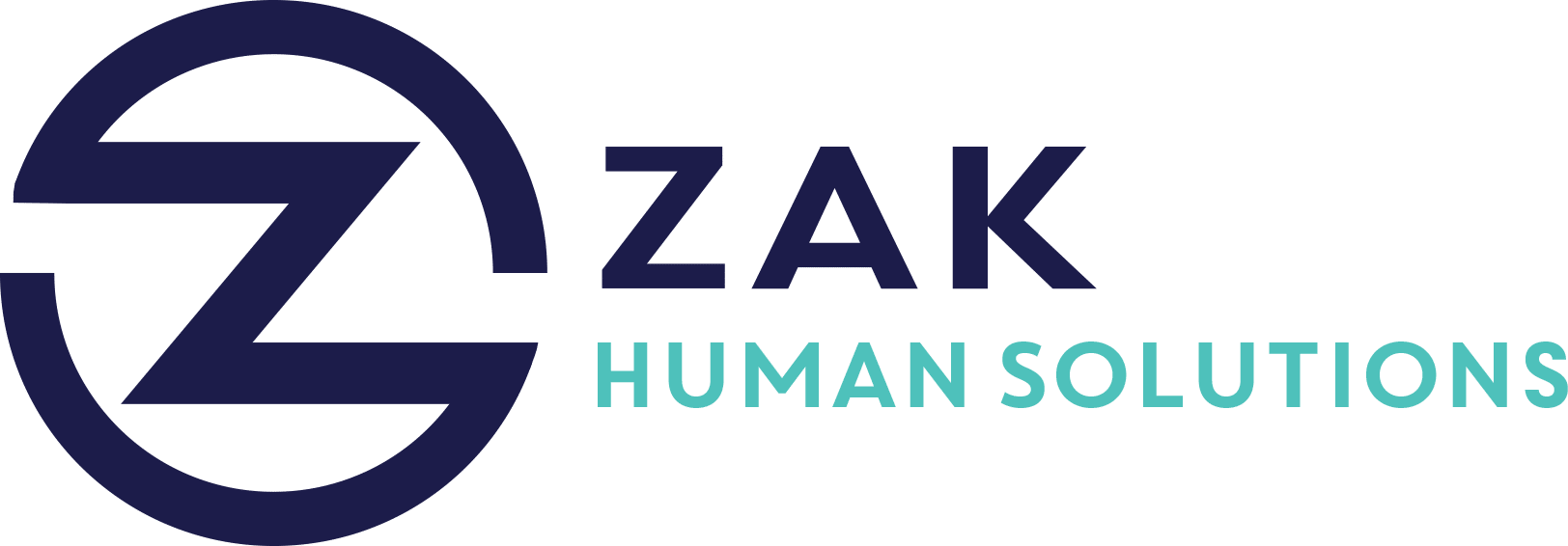Key Takeaways
- Employees who unplug outside of work hours are more productive but less likely to get promoted due to perceived commitment issues.
- The “detachment paradox” suggests managers value constant availability over actual productivity, affecting employees’ career growth.
- Ignoring work boundaries can lead to increased burnout and turnover, negatively impacting workplace culture.
- Research shows that many managers believe unplugged employees are less committed, despite their higher motivation and productivity.
- Burnout discussions among employees are on the rise, with a significant increase in mentions per Glassdoor reports.
In today’s fast-paced work environment, the concept of unplugging — taking a step back from work and establishing boundaries between professional and personal life — is gaining traction. Despite its benefits for employee well-being, a phenomenon known as the “detachment paradox” poses unique challenges for career advancement. Employees who set healthy boundaries and take a break from work tend to be more productive, yet they face hurdles when it comes to promotions. This blog explores the detachment paradox, its implications for career growth and workplace culture, and the increasing discussions surrounding employee burnout.
Understanding the Detachment Paradox
What is the Detachment Paradox?
The detachment paradox underscores a counterintuitive bias in the workplace: while unplugging from work boosts an employee’s productivity and motivation, it simultaneously marks them as less committed in the eyes of management. As a result, these employees often miss out on promotions and other career development opportunities.
The Management Perception Conundrum
Many managers, unfortunately, equate dedication with constant availability. This perspective implies that employees who maintain work-life boundaries are less invested in their roles. Despite research proving that disengaging from work enhances productivity, this perception persists and hampers career progression for many.
The Impact of Burnout
Workplace Culture and Burnout
Ignoring work boundaries and constantly being ‘on’ can result in significant burnout, which negatively impacts employees and the organization as a whole. Burnout leads to decreased productivity, higher turnover rates, and a toxic work culture. Discussions around burnout are becoming more frequent, highlighting employees’ growing concerns about their well-being.
Glassdoor Insights
Recent insights from Glassdoor emphasize a notable rise in burnout mentions in employee reviews. This surge indicates that burnout is a pressing issue that organizations can no longer afford to ignore. With a focus on increasing efficiency and productivity, the pressure is mounting on employees, contributing to a health and retention crisis in many workplaces.
Embracing a Balanced Approach
Strategies for Managers
- Redefine Commitment: Encourage a culture that values genuine productivity over perceived availability. Reward employees based on output and results, not just presence.
- Foster Open Dialogues: Facilitate open conversations about work-life balance and ensure employees feel supported in taking necessary breaks.
- Implement Balance-Promoting Policies: Introduce formal policies like the right to disconnect, which can reshape perceptions of commitment and productivity, ultimately benefiting both the employees and the organization.
Empowering Employees
- Advocate for Balance: Employees should feel empowered to set boundaries and communicate their needs without fear of missing out on career growth opportunities.
- Communicate Effectively: Clearly communicate achievements and productivity levels to managers to counteract perceptions of reduced commitment.
The detachment paradox highlights a critical mismatch between employee productivity outcomes and managerial perceptions in the modern workplace. Addressing this issue requires a cultural shift that recognizes the true value of work-life balance and redefines what commitment means. By fostering environments that promote balance, organizations can boost productivity, reduce burnout, and create a more sustainable workplace for all.




